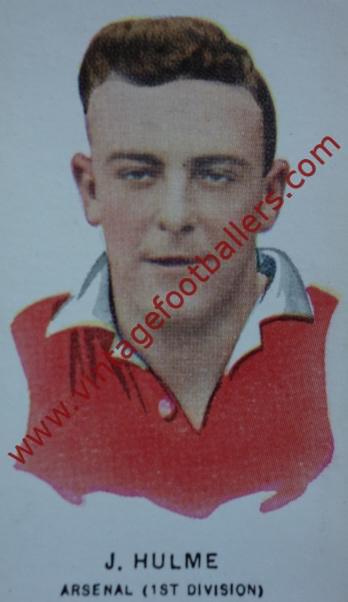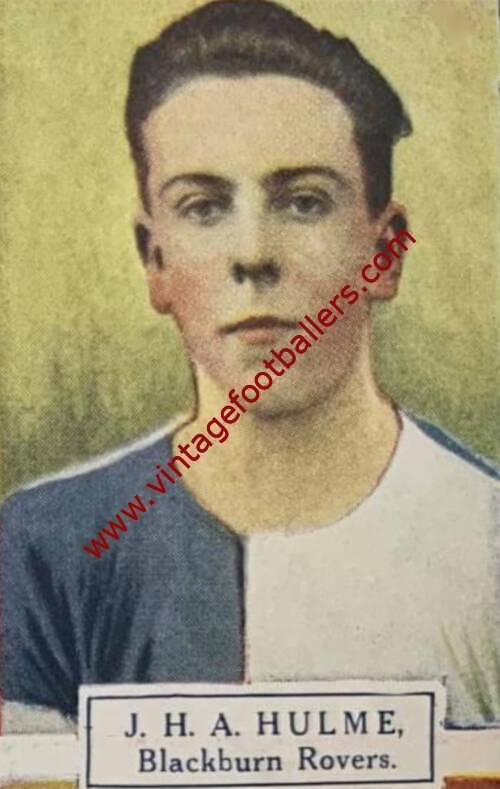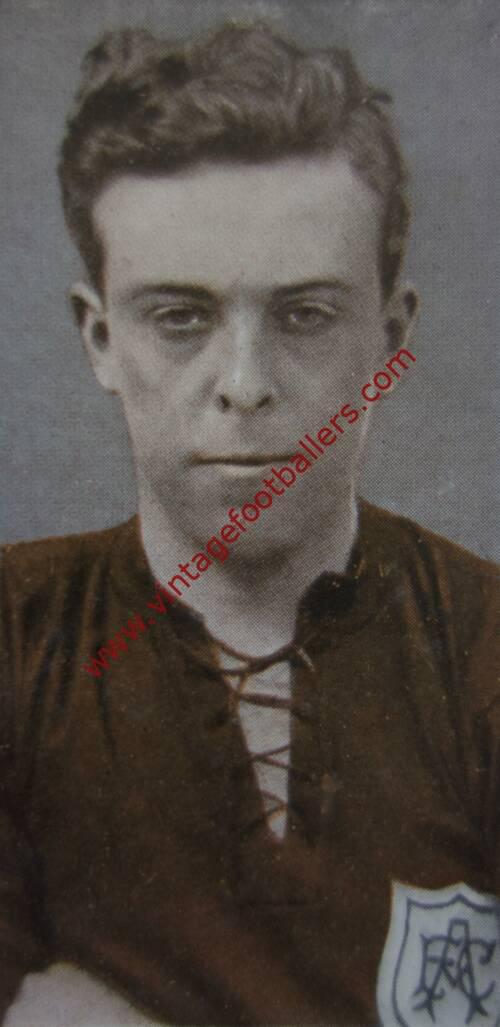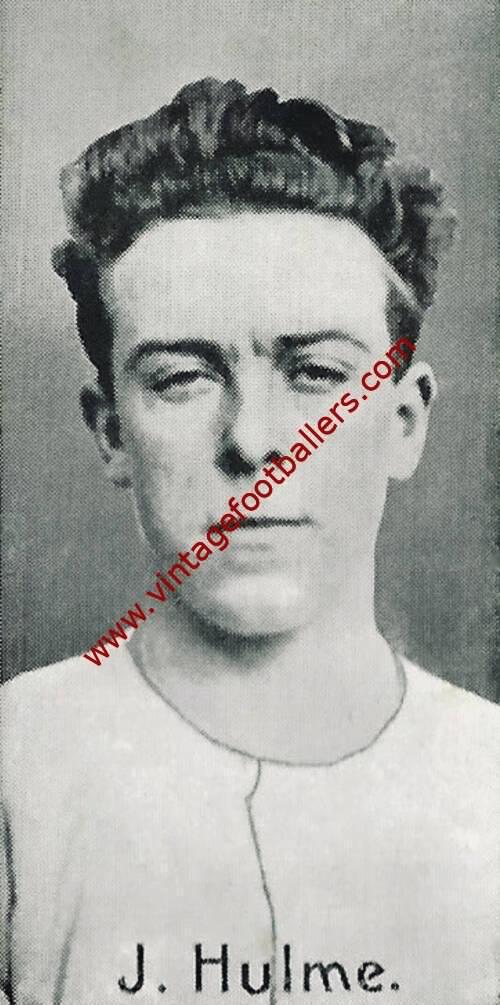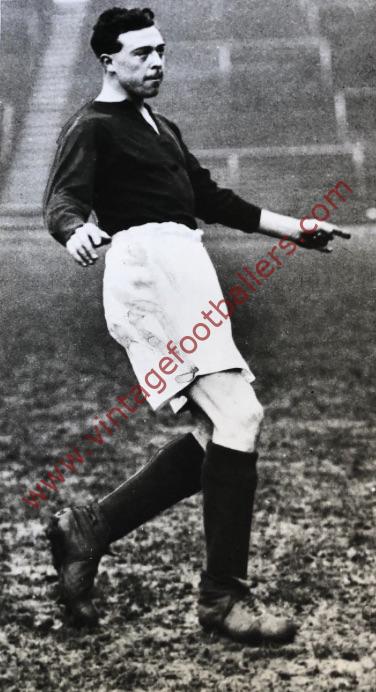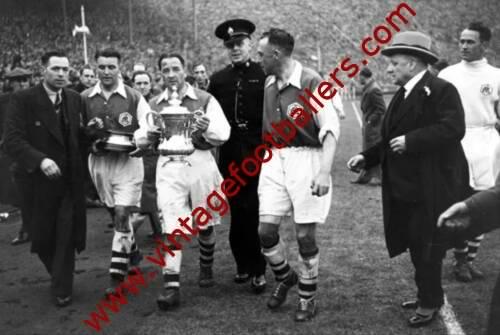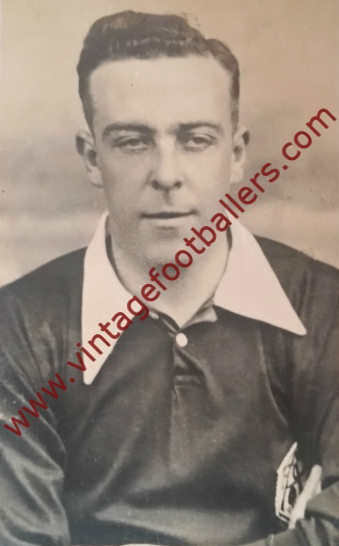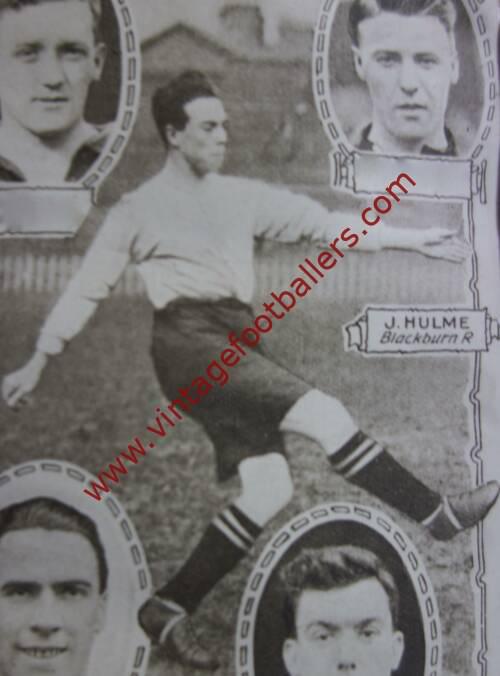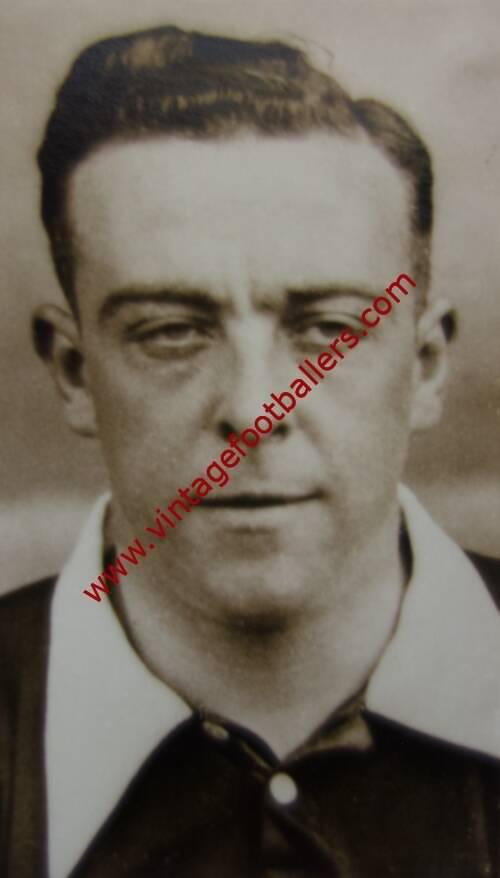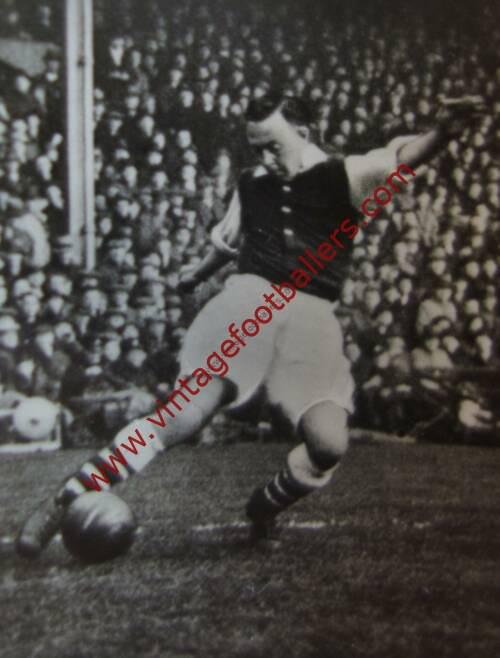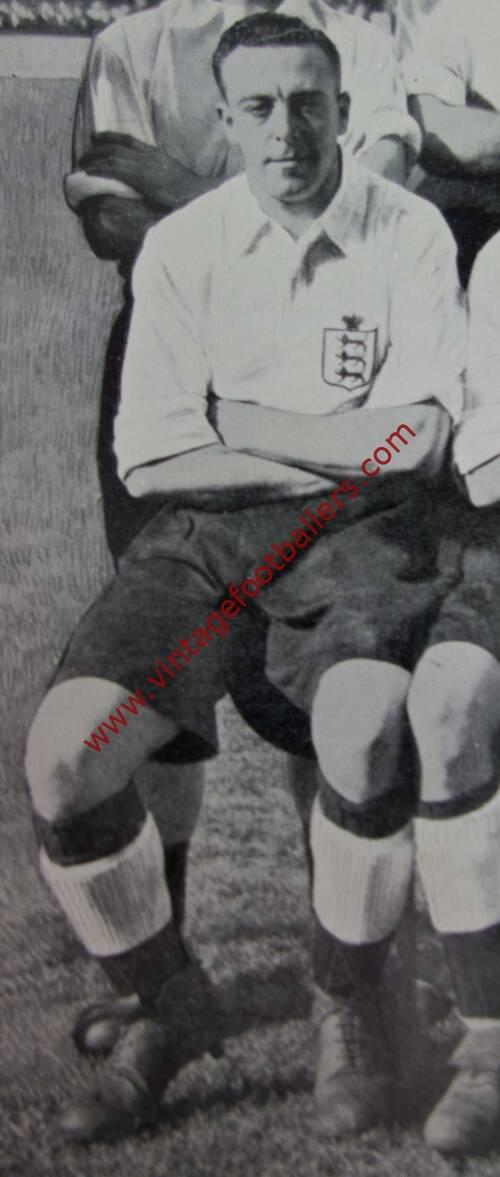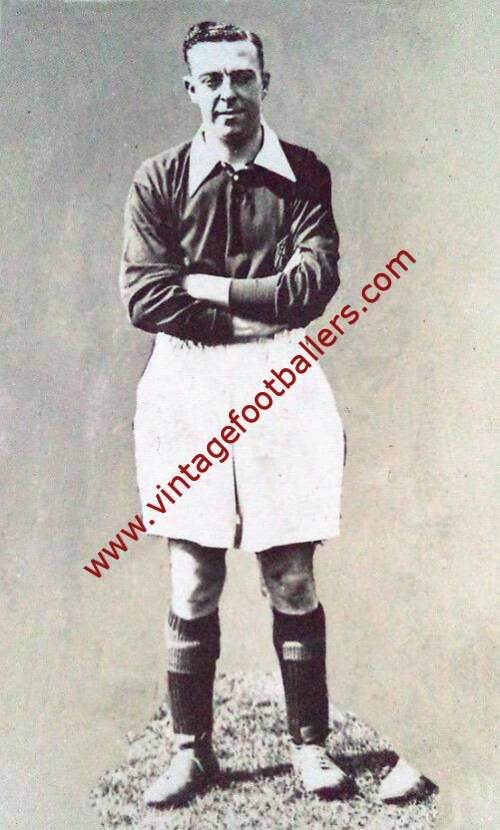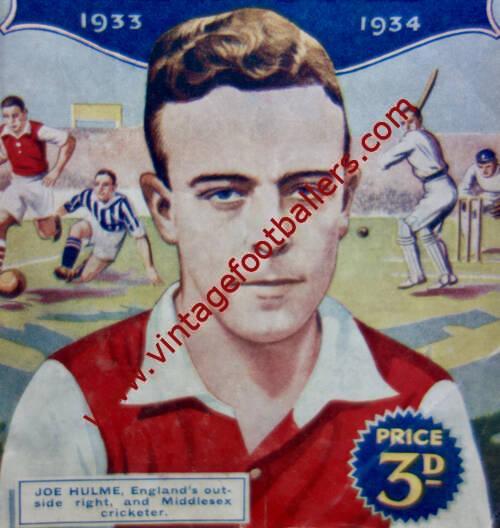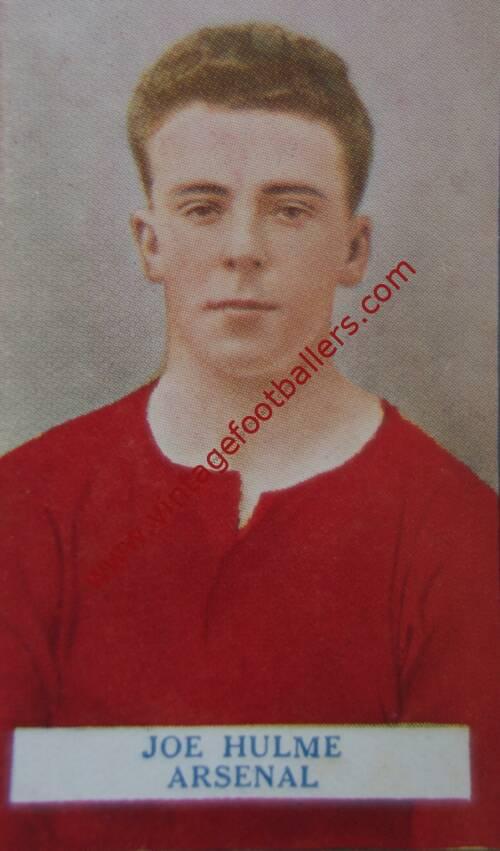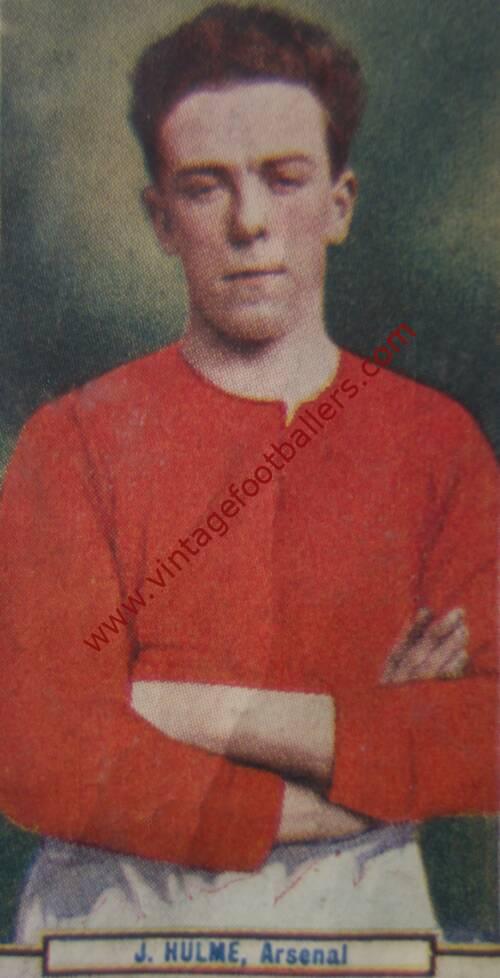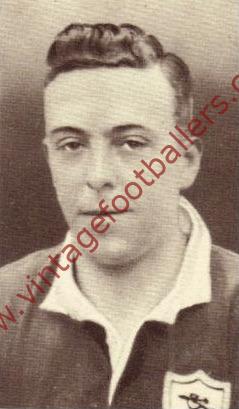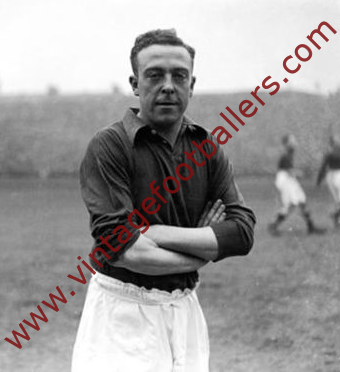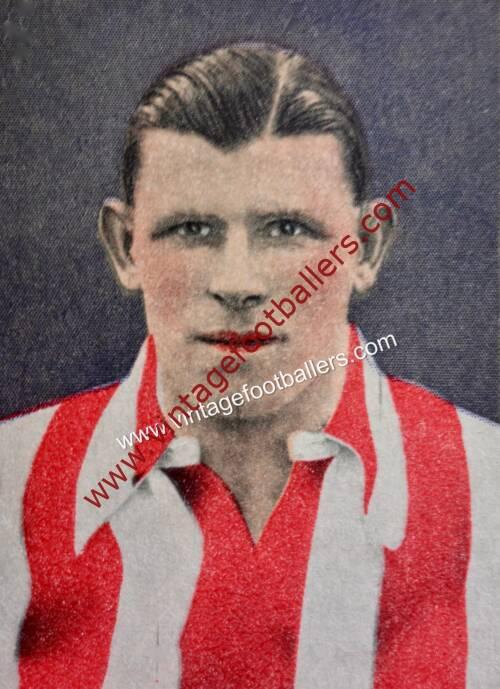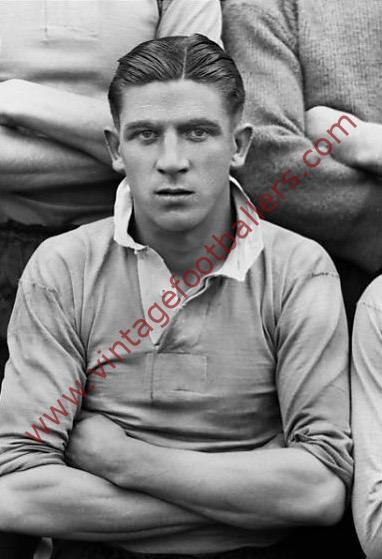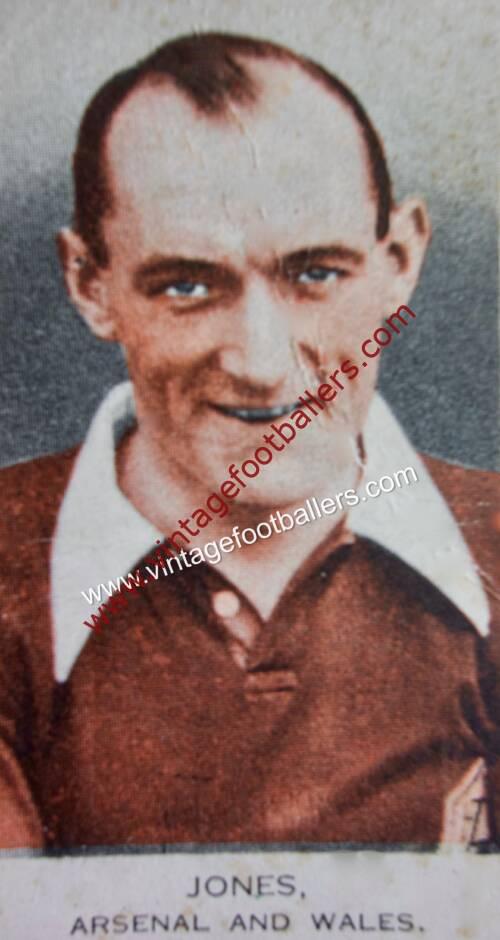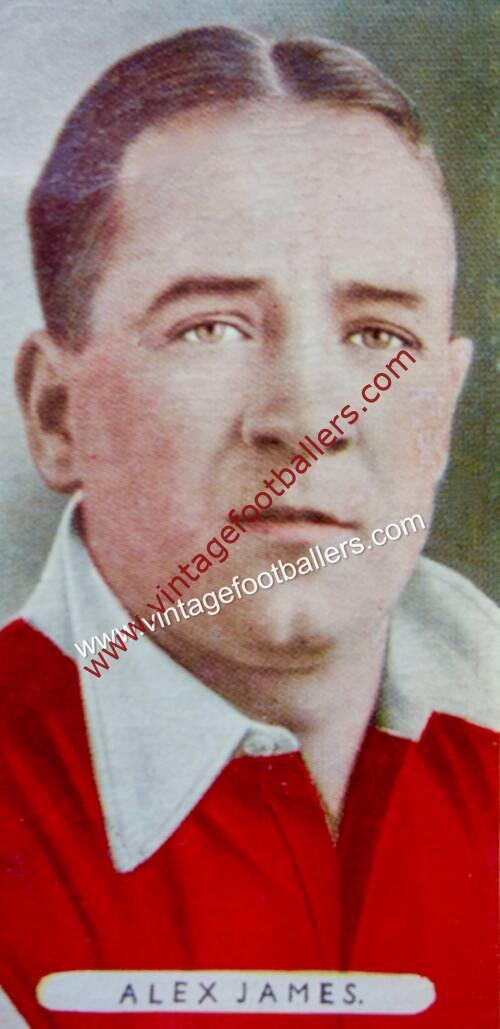Please choose your photo size from the drop down menu below.
If you wish your photo to be framed please select Yes.
Note: 16″x 20″not available in a frame.
Images can also be added to accessories. To order please follow these links
£8.95 – £49.95
In stock
Please choose your photo size from the drop down menu below.
If you wish your photo to be framed please select Yes.
Note: 16″x 20″not available in a frame.
Images can also be added to accessories. To order please follow these links
Born in Stafford, outside right Joe Hulme played for Stafford YMCA in 1922 before starting his career in professional football with Midland League side York City in October 1922, for whom he scored 3 goals in 28 appearances, moving to First Division Blackburn Rovers for a fee of £250 in February 1924. He made his Football League debut against Aston Villa in March 1924 and spent two years at Ewood Park, making 82 appearances, scoring 8 goals. He moved to Arsenal in January 1926 for £3,500, becoming one of Herbert Chapman’s first major signings. Known for his pace and ball control, Hulme spent twelve years at Arsenal and became part of the great Arsenal sides of the 1930’s.
Hulme made his Arsenal debut away to Leeds United on 6th February 1926, and remained a regular for the rest of that season. That led him to be picked for the Football League XI that season, for whom he made 5 appearances in total, and the following season, he made his full England debut against Scotland at Hampden Park on 2nd April 1927. In all he would win nine caps for England between 1927 and 1933, scoring 4 times. That same season he also played in his first FA Cup Final, against Cardiff City at Wembley, which Arsenal lost 1-0 after an error by goalkeeper Dan Lewis. Hulme was picked for the 1930 FA Cup Final, where Alex James and Jack Lambert scored to secure a 2-0 win over Huddersfield Town – Arsenal’s first major honour. Hulme played in Arsenal’s 2-1 victory over Sheffield Wednesday in the Charity Shield at Stamford Bridge in October 1930 and was part of the squad that won four League Championships between 1931 and 1935.
Hulme remained first choice on the right wing at Arsenal up until the 1932-33 season, combining with Cliff Bastin to form a pair of highly paced wingers supported by passes from an attacking central midfielder in the shape of Alex James. Hulme and Bastin were both prolific scorers for Arsenal, with Hulme hitting 18 goals in 1931-32 (the season Arsenal didn’t win the League, finishing runners up) and 20 (including hat-tricks against Sunderland and Middlesbrough) the season after that.
Injuries robbed Hulme of another League winners medal, as he only made eight appearances (but still scored five times) in Arsenal’s 1933-34 Championship season. He returned to the Arsenal side the following season, 1934-35, and won his third winners’ medal with 16 appearances, although by now injury and loss of form meant he was not an automatic first choice, sharing duties with Pat Beasley and Alf Kirchen. In 1935-36 Hulme played 28 times in League and Cup won his final honour with Arsenal, a second FA Cup medal after Arsenal beat Sheffield United 1-0 in the 1936 Final at Wembley, making him the only player to have played in all of Arsenal’s first four Cup Finals.
Hulme spent his final two seasons at Arsenal as a bit-part player, making just ten appearances. His final appearance came against Liverpool on 18th December 1937. In all he scored 128 goals in 376 appearances for The Gunners, making him the club’s eighth highest goalscorer of all time. Hulme left Arsenal for Huddersfield Town in January 1938, where he saw out his playing career, notably in his final game of 10 for The Terriers he picked up another FA Cup runners up medal in the 1938 Final as they lost to Preston North End, before retiring from football at the end of that season. Arsenal also again won the League Championship in 1937-38 but he only made seven League appearances which wasn’t enough for a medal.
Hulme was also a fine all-round cricketer, playing 225 times for Middlesex between 1929 and 1939 as an aggressive middle order batsman and medium-fast bowler. Capped by Middlesex in 1930, he scored his first century that year, 117 against Warwickshire at Edgbaston. He first passed 1,000 runs for the season in 1932, and in 1934 made his highest aggregate, 1,258 runs at 34.94, including four hundreds. He was an excellent fielder in the deep, and a good runner between the wickets. In 225 matches he made 8,103 runs at an average of 26.56, the highest of his twelve hundreds being 143 against Gloucestershire at Bristol. His useful right-arm medium pace bowling brought him 89 wickets at 36.40, with a career best of 4 for 44, and he held 110 catches.
After the Second World War, which he spent working as a policeman, Hulme became manager of Arsenal’s fiercest rivals, Tottenham Hotspur, then still in the Second Division, from January 1946 to May 1949, whereafter he retired from football. He achieved little actual success at the time, taking them to the 1948 FA Cup semi final, but he arguably helped lay the foundations for their back to back Second Division and League Championship winning sides of 1949-50 and 1950-51.
NB in the image Hulme stands in the centre between Arsenal team mates David Jack (left) and Alex James (right).
| Weight | N/A |
|---|
